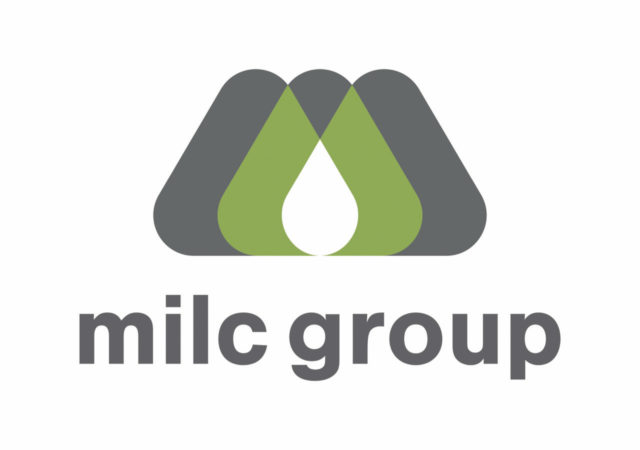All sides of this opportunistic ration component should be considered before implementing it into a feeding program.
High oleic soybeans have been a hot topic as of late, and understandably, the need to control input prices while improving feed efficiency and maintaining components has been top of mind in 2024’s dairy economic state.
“Historically, soybeans have been a concern from a few nutrition standpoints - namely that the fat content of traditional soybeans can depress butterfat production,” shares John Goeser, animal nutrition, research, and innovation director for Rock River Laboratory.
Dairies around the US are exceedingly interested in high oleic beans as they appear to be metabolized differently. Excitement is building following Dr. Adam Locke of Michigan State University showcased no crash in production after incorporating high oleic soybeans into the ration. However, the nutritional quality of these beans interacts with their physical form. Therein lies the caveat to the hype around this opportunistic golden child ingredient: processing. “Roasting or grinding appears necessary to capture the full nutritional value,” explains Goeser.
“Roasting efficacy is a long-standing question mark with soybeans. And from a nutritionist standpoint, beans are already inconsistent in nutritional quality due to growing conditions, variety, etc.”
 Soybeaan field. Photo courtesy of Rock River Laboratory.
Soybeaan field. Photo courtesy of Rock River Laboratory.Dairies utilizing this potential breakthrough ingredient are either working with a third party or roasting the beans themselves. Hence, there is renewed interest in evaluating roasting efficacy. This presents a few key challenges.
Goeser shares, “Roasting changes the configuration of the protein, creating rumen undegraded protein (RUP). Rock River Laboratory is utilizing valid, time-tested, reliable approaches for estimating RUP. This includes our rumen in situ protocol that I recommend taking advantage of, where samples are incubated within the rumen of dairy cattle.”
Second, he outlines that there is a delicate processing balance. The beans can be processed enough to achieve 40 to 50 percent rumen bypass protein, but excessive roasting can overheat the beans so much that the protein bypasses the intestines and cow entirely.
“Because of this delicate balance, some clients I’ve spoken with are also looking at intestinal digestibility to confirm the beans are roasted properly and not cooked,” says Goeser. “Rock River Laboratory can check the RUP intestinal digestibility to understand if the beans have been overroasted.”
The last consideration for producers is logistics. Where do we acquire the beans? Can we grow them? And what acreage, if any, do we convert into these beans? Which variety makes sense for our operation?
Goeser reiterates, “High oleic soybeans may signal a sizable shift in farming. The requirements around sourcing them from a grower, dealing with processing, delivery, and potentially roasting on-site should also be considered in the decision, along with proper storage - which shouldn’t be on the ground.” These are all good discussion points for the farm team.
From the nutritionist level, Goeser suggests two things that should be kept in mind as high oleic soybeans are folded into the ration. First, figure out the protein and fat content and test these beans along with a normal testing program. It’s the first step toward accounting for them correctly.
And finally, consider the laboratory techniques. Particularly, Goeser recommends attention on interactions with particle size as lab results are interpreted. “Much like a bar of soap versus flaked soap and how quickly it dissolves, some beans may look great for rumen bypass protein, but partly because they weren’t ground or rolled well enough,” offers Goeser.
 Feeding TMR. Photo courtesy of Rock River Laboratory.
Feeding TMR. Photo courtesy of Rock River Laboratory. High oleic soybeans may be a feed of the future, grasped now for the early adopters. As with any new opportunity, there needs to be careful assessment and scrutiny, along with research coupled with on-farm experience to fully grasp how well or difficult it will be to incorporate this new option. But in a year when belts are tight and income over feed costs is a priority, it’s worth the additional legwork to decide if this can be a long-standing shift to overall feeding programs.
Founded in 1976, Rock River Laboratory is a family-owned laboratory network that provides production assistance to the agricultural industry through the use of advanced diagnostic systems, progressive techniques, and research-supported analyses. Employing a team of top specialists in their respective fields, Rock River Laboratory provides accurate, cost-effective, and timely analytical results to customers worldwide, while featuring unsurpassed customer service.





